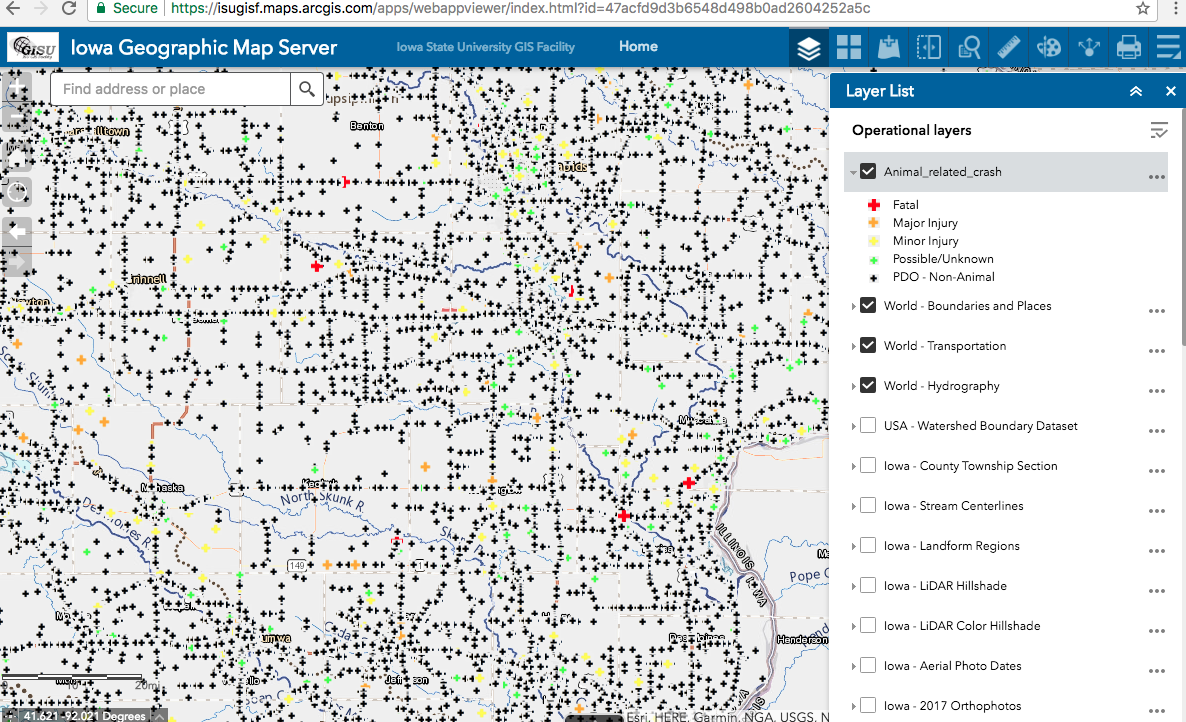Bundle 4: Changing Life
Tier 2: What makes living things change?
Tier 2: What makes living things change?
Objective:
Students will examine data describing a native population over time, and construct an explanation for its change in genetic and physical characteristics. By the end of Tier 2, they will be able to engage in scientific dialogue about how and why organisms change over time, utilizing explanations based in genetics, embryology, and mechanisms of evolution.
Overview:
In this tier, students will have a chance to look more closely at an organism (or group of organisms) of their choice. In small groups or as individuals, they will analyze and interpret data from those organisms’ life histories, compare living and historic individuals, and construct evidence-based arguments to explain how and why they have changed over time.
Big questions:
- How do living things change? What are the driving factors for that change?
- How do population traits and genetics change over time?
- What is the relationship between an individual and a population? How are they different or the same?
- How have humans impacted changing life?
Standards addressed:
| MS-LS4-4 | Construct an explanation based on evidence that describes how genetic variations of traits in a population increases some individuals’ probability of surviving and reproducing in a specific environment. |
| MS-LS4-6 | Use mathematical representations to support explanations of how natural selection may lead to increases and decreases of specific traits in populations over time. |
| MS-LS4-3 | Analyze displays of pictorial data to compare patterns of similarities in the embryological development across multiple species to identify relationships not evident in the fully formed anatomy. |
| Science and Engineering |
Apply scientific ideas to construct an explanation for real-world phenomena, examples, or events. Construct an oral and written argument supported by empirical evidence and scientific reasoning to support or refute an explanation or a model for a phenomenon or a solution to a problem. Use mathematical representations to support scientific conclusions and design solutions. |
| Crosscutting Concepts |
Phenomena may have more than one cause, and some cause and effect relationships in systems can only be described using probability. Science assumes that objects and events in natural systems occur in consistent patterns that are understandable through measurement and observation. |
Tier in depth:
Part I: Introduction to Genetic Change
As a class, students listen to a story about deer populations living in Iowa. They then examine data collected from the DNR or Iowa State that document how different traits have emerged over time. Students mathematically analyze these changes over time. Resources on deer populations:
- Fact sheet on history of white-tailed deer in Iowa (students could create historical maps of deer populations in Iowa over time – where did they live, in what numbers, and for how long?)
- History of Deer Hunting in Iowa
- Cladogram of deer populations across North America (and corresponding traits)
- Map of Car-Deer Crashes in Iowa (example below – red is fatal, orange and yellow are injuries, green is unknown):
During this period, the teacher will be documenting their emerging ideas on a whiteboard, and drawing out their ideas about what creates certain phenotypes. To gain a shared vocabulary and review concepts from elementary, the teacher will need to help them come to an introductory understanding about the following topics: What are genes? What is a phenotype? How do we get our genes? Students do not yet need to be told about the more complex details such as mutation, punnet squares, or the importance of survival to reproduction. The following are some basic resources for students to try out their ideas and compare them with scientists’:
- Stalking the Genetic Basis of a Trait from HHMI BioInteractives
- What are DNA and genes? From Learn.Genetics
- 23 and Me What are Genes? (the popular self-testing genetic ancestry company)
- Conclusion of this cycle is a class argument where students use evidence to support their ideas about which environmental factors were most influential in the deer’s genetic change.
Part II. Student groups choose their own organism groups.
Students will choose an organism (or organismal groups) on their own, or from a list of pre-selected organisms. Some ideas are below:
- Eastern Screech Owl (two color morphs exist in Iowa, in a gradient from North to South).
- Great Blue Heron (some Herons have adapted to humans by developing new hunting behaviors, such as taking goldfish from human-made ponds)
- Peregrine Falcon (These birds are known to roost and hunt in cities with skyscrapers, and have adjusted to life in the city. What genetic features have changed in these populations?)
- Squirrel species of Iowa: Eastern gray tree and red/pine squirrels
- Bobcats of Iowa (much research on genetic change over time)
- Emerald Ash Bore (an insect posing a conservation problem for Ash trees)
Student groups will be responsible for researching their organisms, and identifying the following aspects:
- What genetic changes have occurred in the population over time?
- What environmental, biotic, climate, event-based, or other changes may have affected those genetic changes?
- Students must create a physical representation model that shows how the population changed in response to some cause. They must also include mathematical or graphical data that supports their conclusions.
Other activities for students to play engage with the mechanism of natural selection and related evidence:
- Developing an Explanation for Mouse Fur Color
- Evolution Collection from HHMI BioInteractive (includes the popular Rock Pocket Mouse lab, as well as films and interactives on the transition fossil Tiktaalik)
- Genetics Collection from HHMI BioInteractive
Experts:
Solutions:


